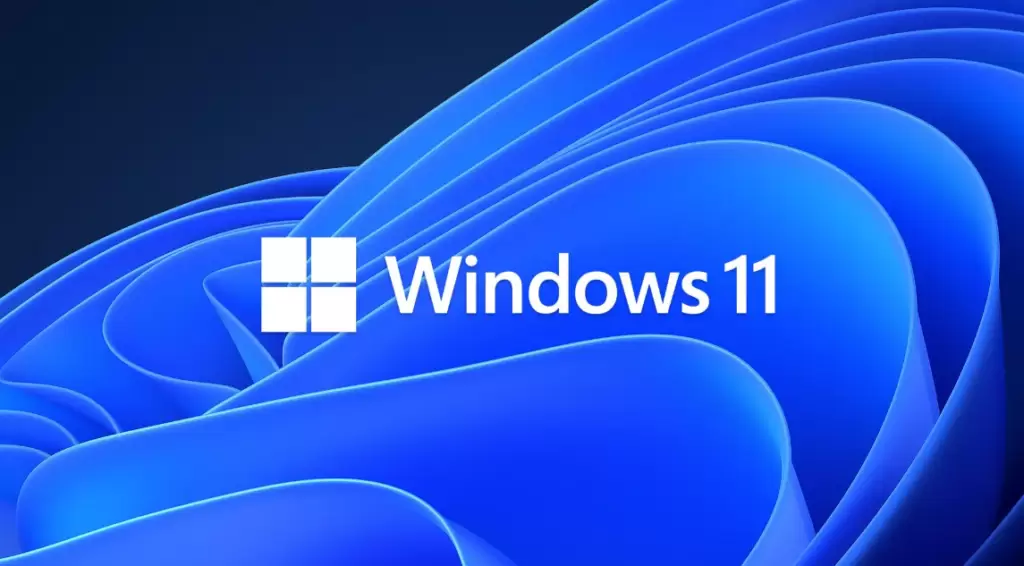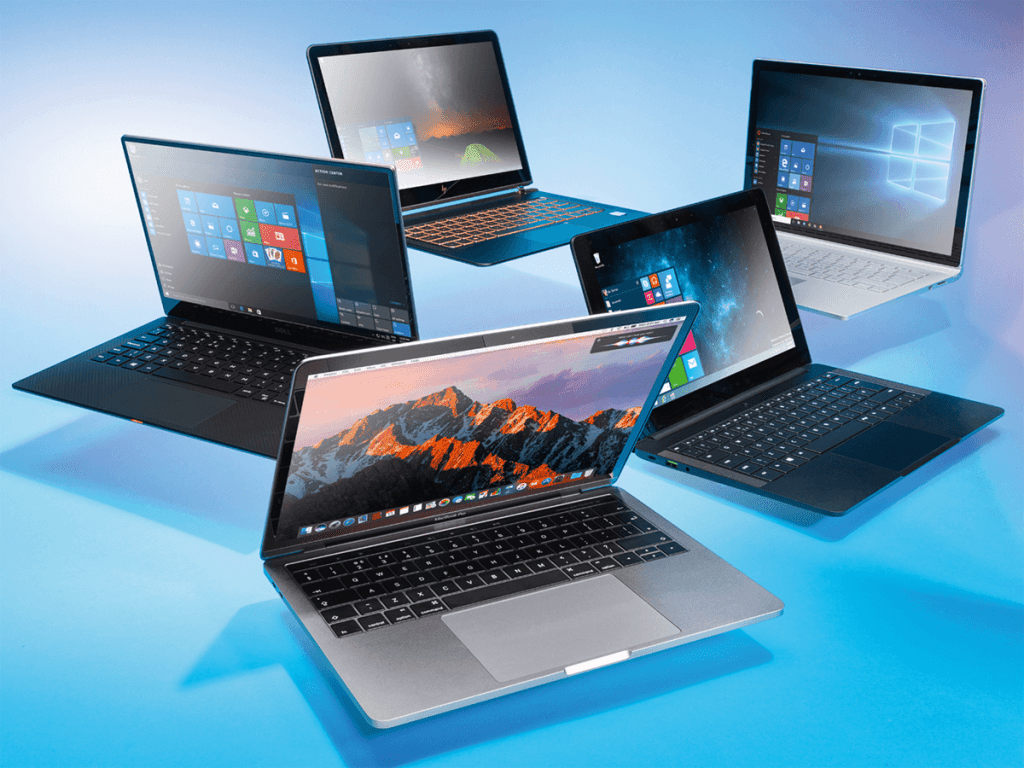So, you’re ready to take the leap and install Windows 11 in 2025? Great move! But hold up, before you dive headfirst into the installation, there are some pretty common pitfalls that could turn your excitement into a nightmare. Especially if you’re in countries like Nigeria, India, Pakistan, Kenya, or Ghana, where slow internet, aging hardware, and DIY setups are common, avoiding mistakes can save you time, money, and serious headaches.
Whether you’re a student gaming on your rig, a freelancer upgrading your work machine, or a small biz owner doing it solo to dodge technician fees, this guide is designed just for you.
Let’s uncover the 8 most common mistakes people make when installing Windows 11 in 2025 and how you can avoid them like a pro.
What Makes Windows 11 Installation Tricky in 2025?
Windows 11 is shinier, faster, and smarter—but also a bit pickier. It demands Secure Boot, TPM 2.0, and specific hardware. Plus, Microsoft keeps tweaking requirements through updates. For tech DIYers in tier 3 digital markets, this means navigating low data caps, slower PCs, and spotty power supply. That’s a recipe for frustration if you’re not careful.
Understanding Windows 11 Requirements
Before installing, let’s get this straight:
-
Processor: 1GHz or faster with 2+ cores
-
RAM: 4GB minimum (but 8GB recommended)
-
Storage: 64GB or more
-
TPM 2.0 & Secure Boot: Non-negotiable
-
Graphics Card: DirectX 12 compatible
Use Microsoft’s PC Health Check or WhyNotWin11 for full compatibility insight.
1. Skipping System Compatibility Checks
Many users go straight to installation, only to be slapped with the dreaded “This PC can’t run Windows 11” message. Always run compatibility tools first. If you’re offline, tools like Rufus can skip these checks (we’ll explain how later).
Tip: Don’t assume an old PC can’t run Win11. Some laptops from 2015-2017 are still eligible after a BIOS update.
2. Installing Without Backing Up Data
You’d be shocked how many users lose valuable files such as school projects, freelancing invoices, family photos—during install. Always back up:
-
To a USB flash drive
-
To Google Drive or Dropbox
-
Using free backup software like Macrium Reflect
3. Ignoring Power Supply and Battery Warnings
If you’re using a laptop, plug it in! Power interruptions during installation can corrupt the system or brick your device.
For Desktop Users: Use a power stabilizer or UPS during installation, especially in regions prone to blackouts.
4. Choosing the Wrong Partition or Drive
One accidental click and boom—your entire data drive is gone. Always double-check which drive you’re installing on.
Pro Tip: Label your drives before installation. Delete only the primary system partition unless doing a full wipe.
5. Using Pirated or Outdated ISOs
Many users in countries with poor connectivity rely on pirated Windows ISOs. But these come with risks, viruses, errors, even pre-installed malware.
Instead, get legit ISOs:
-
Use Rufus for creating bootable media
6. Installing with Internet-Heavy Methods in Low-Data Areas
The online install method requires a constant connection. In Nigeria or rural India, that’s often a luxury. Save data and stress by:
-
Downloading the ISO once and using it offline
-
Turning off Wi-Fi after installation starts
-
Skipping Microsoft Account login during install
7. Forgetting Drivers Post-Install
Windows 11 may not have all the drivers you need especially on older hardware.
Fix:
-
Back up drivers before wiping using Double Driver
-
After install, use Snappy Driver Installer offline
8. Skipping Post-Install Security Setup
Once you’re done, don’t skip the basics:
-
Enable Windows Defender
-
Turn on Firewall
-
Disable remote desktop if you’re not using it
-
Create a local account to avoid forced online sync
Low-Bandwidth Installation Tips for Tier 3 Countries
-
Use Rufus to install Windows without TPM/Secure Boot
-
Disable automatic updates during setup
-
Use compressed ISOs to reduce size
Tools like NTlite or Tiny11 also help slim down the installation for older PCs.
Visual Installation Guide for Beginners
Here’s the TL;DR version for visuals:
-
Download Windows 11 ISO
-
Use Rufus to make bootable USB
-
Set BIOS to boot from USB
-
Follow on-screen setup
-
Choose “Offline Account” during setup
-
Skip updates until you’re fully in
How to Install Windows 11 Without Internet
It’s doable and easy:
-
Choose “I don’t have internet” during install
-
Use an offline account
-
Install drivers manually
-
Run updates later via a hotspot or cybercafé
Using Rufus to Bypass Installation Restrictions
Rufus (latest version) has an option that disables TPM, RAM, and Secure Boot checks.
Steps:
-
Load ISO into Rufus
-
Choose “Remove requirement for TPM 2.0 and Secure Boot”
-
Proceed with USB creation
Best Free Tools for Smooth Windows 11 Setup
-
Rufus – Bootable USB creation
-
Snappy Driver Installer – Offline driver setup
-
O&O ShutUp10++ – Privacy tool
-
Tiny11 – Lightweight Windows 11 build for low-end PCs
Creating a Bootable USB for Windows 11 in 2025
Use a 16GB+ USB 3.0 flash drive for speed.
Steps:
-
Download official ISO
-
Open Rufus
-
Select ISO > Target USB > GPT/MBR (as needed)
-
Click Start
Common Installation Errors and Their Fixes
| Error | Solution |
|---|---|
| “Can’t install on this partition” | Format drive using Diskpart |
| “TPM not found” | Use Rufus to skip check |
| Install stuck at 64% | Unplug unnecessary USBs |
| “Missing drivers” | Use offline Snappy Driver |
| “Secure Boot required” | Disable it in BIOS |
Local Troubleshooting: No Technician Needed
-
Use YouTube offline downloads for walkthroughs in Hausa, Hindi, Swahili, and more.
After Installation: Essential Setup Checklist
-
Turn on Windows Defender
-
Disable telemetry (via O&O ShutUp10++)
-
Install Chrome or Brave browser
-
Update drivers
-
Activate Windows if you have a key
Final Thoughts: Getting Windows 11 Right on the First Try
Upgrading to Windows 11 in 2025 doesn’t have to be a disaster. Avoid these 8 common mistakes, and you’ll save time, preserve your data, and get the most out of your machine. Whether you’re installing it on your own for school, work, or gaming, following this guide makes you the technician!
Read Als0 How do I recover deleted files from my computer?
FAQs
Can I install Windows 11 on a non-TPM device in 2025?
Yes, using Rufus lets you skip TPM and Secure Boot checks during installation.
What is the safest way to back up data before installation?
Use external USB drives or cloud services like Google Drive. Free software like Macrium Reflect helps too.
Is it okay to use cracked ISOs to save money?
No. It’s risky and illegal. Use official Microsoft sources to stay safe.
How can I install Windows 11 without internet in Nigeria or India?
Use offline setup options during installation. Avoid syncing to a Microsoft account.
What’s the easiest way to get drivers after install?
Snappy Driver Installer is great for offline use. Also back up drivers before wiping the old OS.




